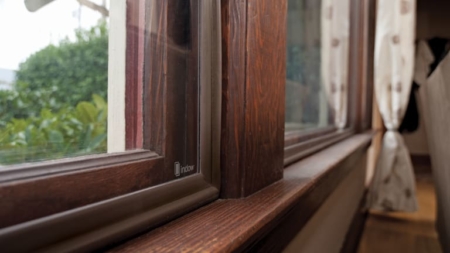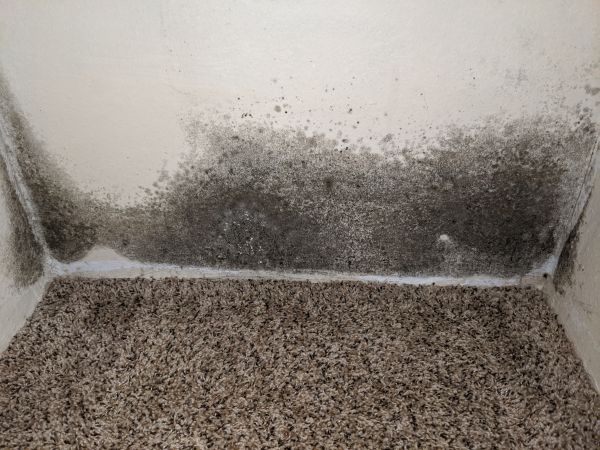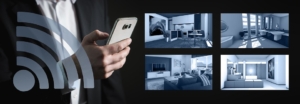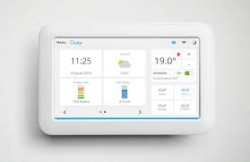A roof garden, most often found in urban environments, refers to any garden that is located on the roof of a building. Roof gardens and other gardens atop structures have been in existence for centuries, such as in the medieval city of Fustat, now part of old Cairo, in Egypt. According to a study by the Portland City Council, roof gardens can provide various benefits, such as the reduction of energy consumption, enhancement of the aesthetic appeal of a building, air pollutant filtering, absorption of storm water, restoring bird and butterfly habitats, and lower storm water fees.
Vegetation on roofs contribute to keeping buildings cooler in the summer and warmer in the winter by adding a layer of insulation. Researchers in the architecture department at the University of Cardiff compared the effects of green building surfaces in nine cities around the world with a wide range of climates, such as subarctic Montreal in Canada, temperate London, and the sweltering city of Riyadh in Saudi Arabia. The study found a noticeable difference in temperatures in and around buildings made of bare concrete compared with concrete covered in vegetation. To add further insulation, the outside walls can also be made “green” by adding climbing vegetation planted at ground level.
Various options exist for roof garden types, such as a traditional garden setting, potted plants, grasses, or sedum. There are hundreds of species of these hardy, water-storing, edible, flowering plants and they only need 4 inches of soil, which can make them an ideal plant for a green roof. Sedum and roof gardens in general are a great choice for Pacific Northwest homes and businesses. The Olive 8 hotel in Seattle boasts a 8,355 square-foot sedum rooftop with noticeable benefits including lowered energy usage, compliments from hotel guests, extension of the life of the roof, reduction of roof maintenance, sound insulation for a ballroom directly beneath the sedum roof, and the roof’s ability to soak up 60-90% of the rainwater that falls on it. The roof of Nintendo of America’s headquarters, located in Redmond, WA, has a roof that is covered in approximately 75,000 square-feet of sedum which has several advantages, including insulating the building from the sun and absorbing carbon dioxide. Rainwater is diverted into a nearby tank and then filtered cleanly into nearby streams. Roof gardens (and walls) therefore not only add aesthetic appeal, but also have many practical benefits as well.
To learn more about green roofs and Portland’s own ecoroof program, visit the City of Portland’s website: http://www.portlandoregon.gov/bes/44422






